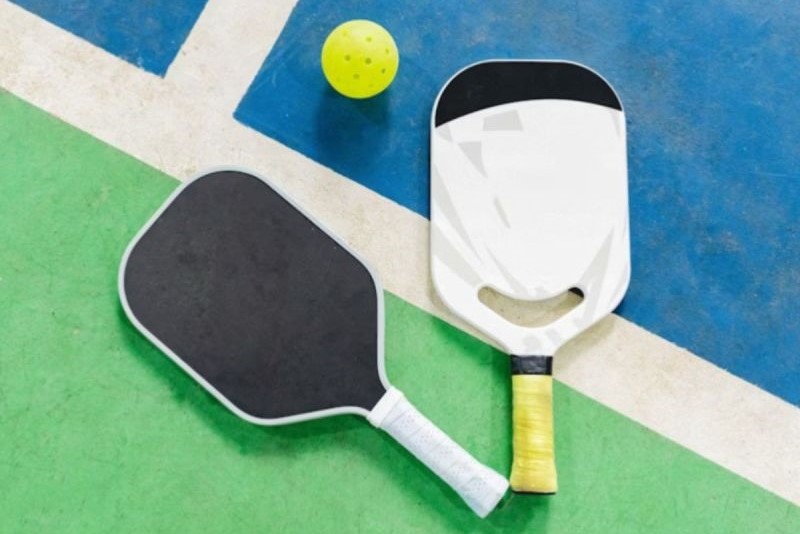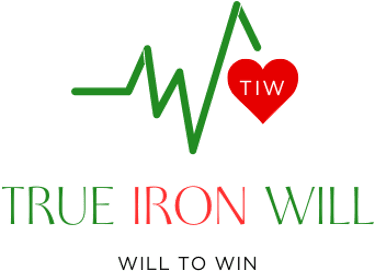Pickleball Injuries Are Rising. What Can You Do to Avoid Injury?
Will Loiseau
10/19/20251 min read


Pickleball continues to grow faster than any other sport in the U.S., attracting players of all ages. They're drawn to its energy, accessibility, and social nature.
The combination of movement and meaningful connection is powerful. Social support strengthens mental and physical health, while consistent exercise keeps the body adaptable. Pickleball offers both - physical engagement and community - which is why it’s become such a phenomenon.
But as participation rises, so do injuries, especially among older adults. A recent JAMA Network report highlights a significant increase in musculoskeletal and eye injuries linked to the sport.
Musculoskeletal Injuries
Studies have noted that musculoskeletal damage is the most prevalent in pickleball. Injuries include soft tissue damage such as a torn meniscus or tendinitis, muscle or tendon strains and sprains, fractures, and joint dislocations. Women are more likely to experience fractures, especially of the wrists.
Eye Injuries
Much of the ocular damage is sustained via direct hits to the eye by the ball. Injuries include cuts or bruises around the eyes, corneal abrasions, retinal detachments, retinal tears, bleeding in the eye, and fractures of the bones surrounding the eye.
Pickleball injuries (such as ankle, knee, elbow, shoulder, and wrist) are caused by a combination of factors, including the sport's fast pace with its quick movements and stops, overuse from repetitive motions, poor preparation like inadequate warm-ups or incorrect footwear, and age-related declines in fitness.
The takeaway isn’t to avoid it, but to respect it - to train, strengthen, and prepare the body before play. To train for pickleball, combine strength training with exercises for balance, agility, and cardiovascular health. Focus on building a strong foundation with exercises like squats, lunges, and planks, and incorporate agility drills like side shuffles to improve court coverage. Wear eye-protection and don't forget proper warm-ups, cool-downs, and a balanced diet to fuel your workouts and aid recovery.
Healthspan isn’t achieved by avoiding activity. It’s achieved by approaching it intelligently.
Start Your Transformative Journey Today
© 2025 True Iron Will LLC. All Rights Reserved .
Mailing Address:
1317 Edgewater Drive #1297
Orlando, FL 32804
TrueIronWill1@gmail.com
